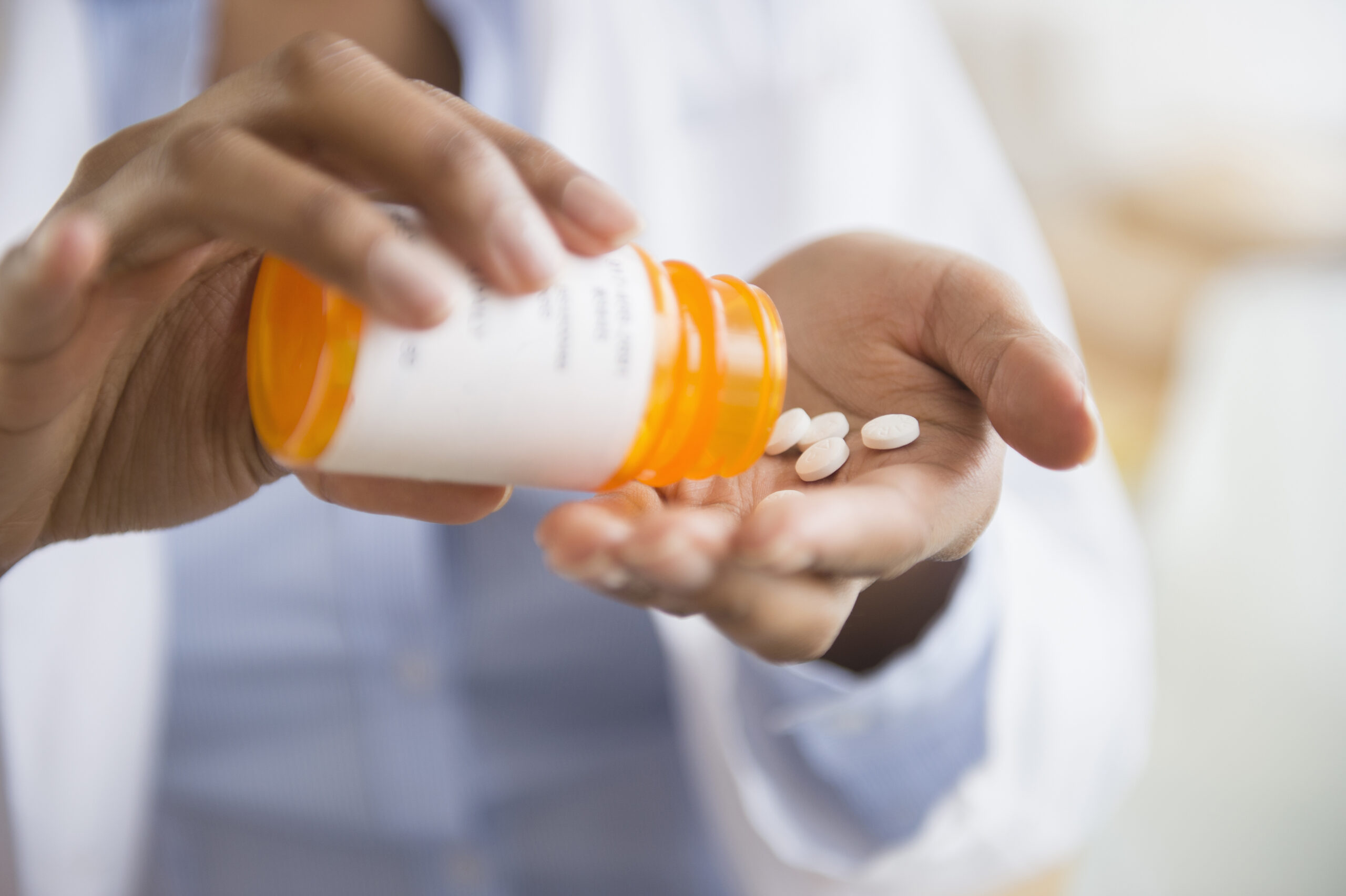Opinion: Maryland policymakers must protect rare disease patients

By Grace Tiger
The writer is a rare disease patient living with Sjogren’s from Columbia and a freshman at American University.
Patients living with rare and chronic illnesses are all too familiar with unknowns. Only about 5% of the more than 7,000 known rare diseases have an FDA-approved treatment, meaning that the vast majority of patients, including myself, are living with no treatment for their condition. Many patients in the rare disease community are holding out hope that we’ll be able to access new treatments and cures as they’re researched and developed. Yet, several state and federal policies intended to lower drug prices can have disastrous consequences for rare disease patients.
When I was eight, I was diagnosed with pediatric Sjogren’s, a rare autoimmune disease that impacts the body’s moisture-producing glands and causes symptoms like dry mouth, dry eyes, fatigue, and severe joint pain. These symptoms may seem like everyday annoyances we all occasionally face, but they’ve been a constant in my life for the past ten years.
As a new college student, I have a more profound awareness of how my illness affects me daily. Adjusting to college life is something that many 18-year-olds experience, but for someone living with an autoimmune disease, small changes in my routine can make or break a day. From the outside, Sjogren’s symptoms aren’t typically noticeable, but some days my symptoms can feel so heavy it seems impossible that no one else can notice them.
Diagnosing Sjogren’s in children can be challenging, as its symptoms are extremely similar to other diseases, and it is less common among younger patients. Sjogren’s is so uncommon in children that it’s classified as a rare disease, or an illness affecting fewer than 200,000 Americans., Most rare disease patients spend 4 to 5 years seeking a diagnosis, while many are spending up to a decade or more traveling to meet with specialists while suffering through symptoms. I consider myself to be one of the lucky ones, who received a diagnosis within a year, though I still had to talk to different doctors, travel long distances to see specialists, and try several treatment options just to live a more symptom-free childhood. Today, there remains no treatment or cure for children diagnosed with Sjogren’s.
For me and about 750,000 other Marylanders living with a rare disease, this is an experience we share. There remains a significant unmet need for rare and chronic patients, nearly half of whom are children. Despite this, many lawmakers are continuing to push for policies that will block access to the limited number of life-changing treatments that rare disease patients rely on and limit future treatment development.
PDABs, or Prescription Drug Affordability Boards, are regulatory bodies tasked with setting drug prices based on specific algorithms and input from health experts. Maryland was the first in the country to enact such a board in 2019. Unfortunately, these boards often present disadvantages to the rare disease community. PDABs typically adopt a one-size-fits-all approach to drug pricing, which doesn’t account for the unique needs and costs associated with specialty medications required by individuals with rare diseases. As a result, patients may find themselves without a voice or choice in determining the affordability of crucial treatments, potentially limiting access to life-saving therapies and exacerbating existing challenges. Ten states across the country have already enacted a PDAB, with many more looking to follow suit.
Additionally, the Inflation Reduction Act doubles down on some of these harmful state-level policies that can block access to innovative care for rare disease patients. Federal drug price negotiation laws are already having a negative impact on innovative research and development for rare diseases — future treatments that many rare disease patients, including myself, have waited a lifetime for.
When I was younger, I had no idea what all went into creating the pills I relied on daily, including research, development, approval, and more. I also was unaware that those medications might not be accessible for everyone who needs them. All I knew was that I was sick and I was afraid. Today, I’m not only advocating to make the health system better for those like me, but for generations after me. Many may have accepted that rare disease patients go years or even their whole lives without a diagnosis or treatment, but I won’t.
Barriers to care that children with rare diseases and their families face are solvable with increased attention from lawmakers and meaningful policies in place. We can’t keep treating rare conditions as unimportant. I urge Maryland policymakers to stand with patients and protect our ability to access innovative and specialty treatments by listening to our community. We are as worthy of protection as anyone else, and it is not just something we want. It is something we expect.




 Creative Commons Attribution
Creative Commons Attribution